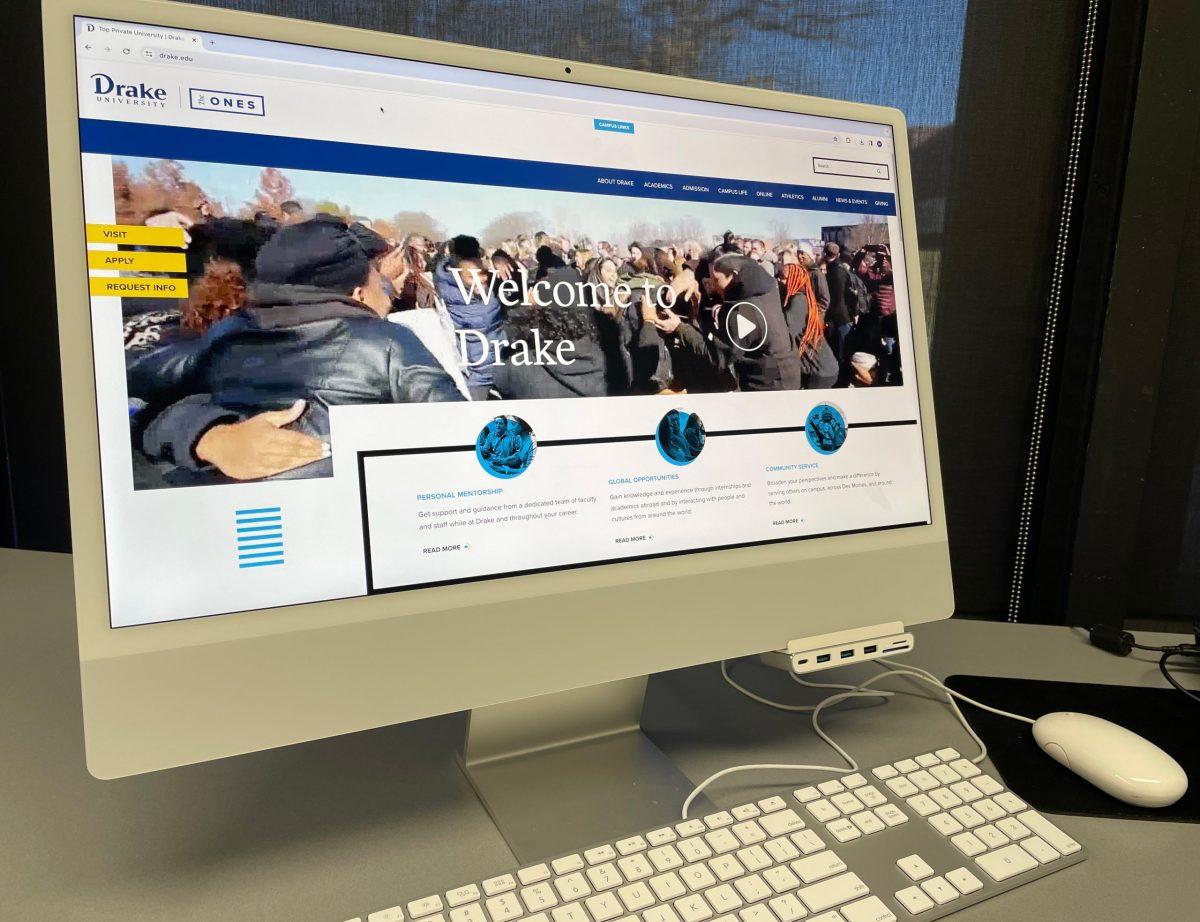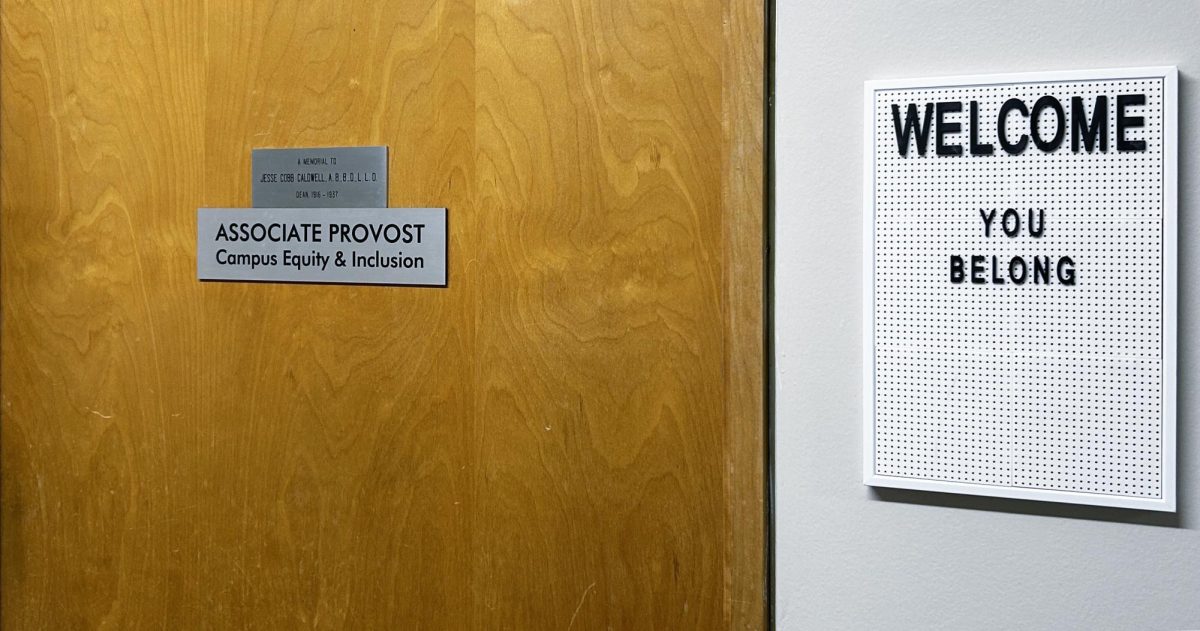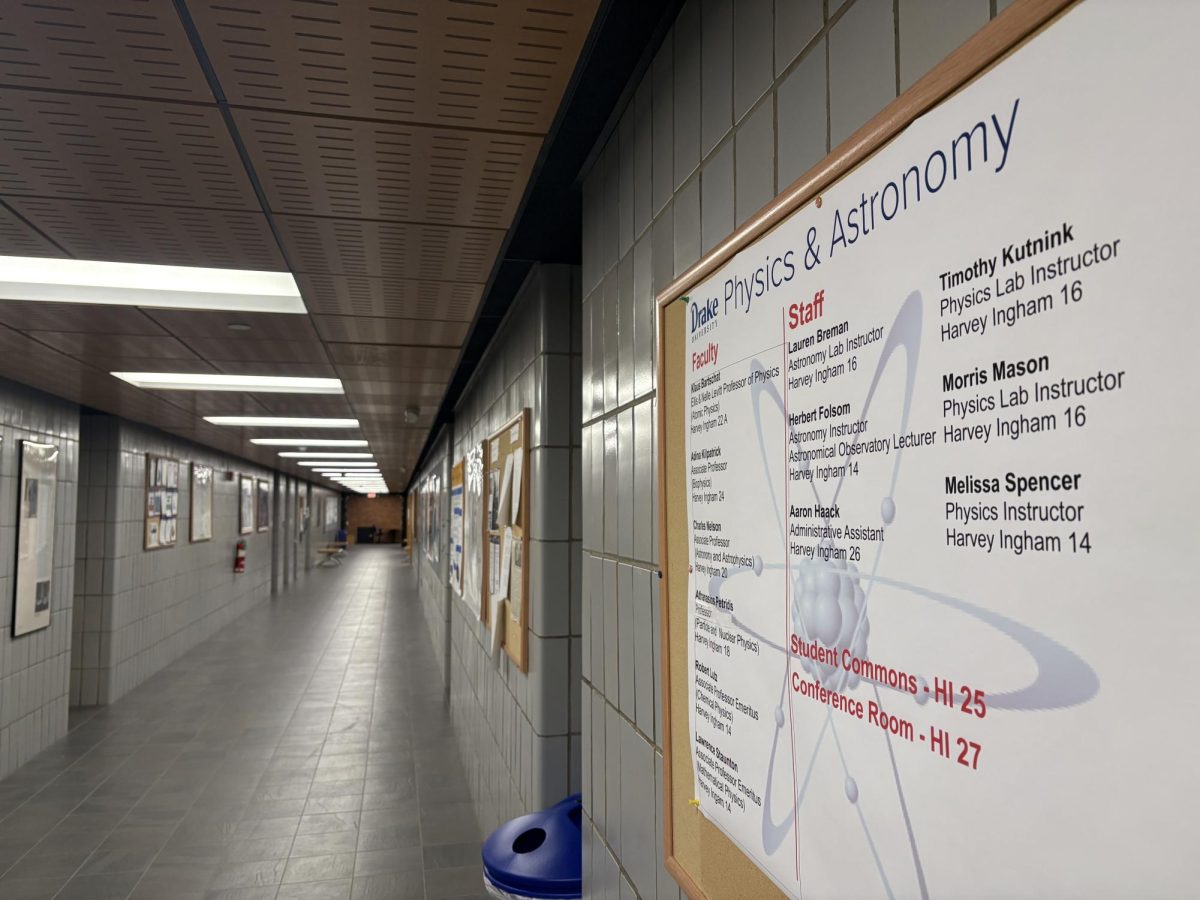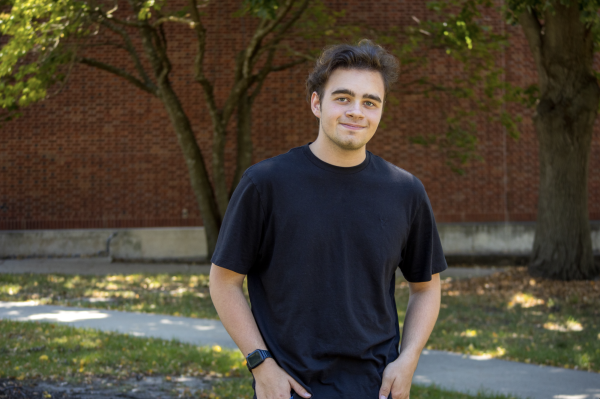While Drake University and Apple do not currently have a working partnership, a lot has changed since 1987.
At that time, Drake and Apple had a very close working relationship, with then-President Michael Ferrari going to Silicon Valley to broker a deal with Apple. This deal included the Mac-in-Room program, which gave Drake and Apple joint promotional opportunities. Drake used the program as a selling point for years,
“My understanding is that the impetus for it was that we’re going to bring Apple to Drake,” Interim Chief Information Technology Officer Keren Fiorenza said. “Drake is going to promote [that] we’re using all these Apple products and just going to lift our stature.”
For students at Drake during the heyday of the Mac-in-Room program, it provided aid in both studies and ease into the workforce.
“It made it easier because we don’t have to go check out time in a library or computer lab somewhere,” Heather Dunkel, 1994 Drake alum, said. “I think overall it probably made us a little less scared of technology because we had it right there and it was something you got to use on a daily basis.”
Through this relationship with Apple, Drake was awarded the privilege of having an “Apple Store,” which carried things like power cords and accessories for the stationary Macs provided to the students.
“It’s not the Apple Store that you know today because they didn’t have those, but we had a place actually in this building [Dial Center] where they managed all of those computers and students could come in and get things like a new power cord,” Fiorenza said.
Around the late 90s and early 2000s, Drake did away with the Mac-in-Room program. With laptops becoming affordable for students and the added versatility of those machines, it no longer made sense for the University to have a program for in-room computers.
“At the end of the day, people had more access to their own computers at that point. They wanted to buy their own,” Fiorenza said. “It wasn’t quite as big of a deal to come into a dorm room and have it because people were coming to school with their own laptops. The value to students wasn’t as much, and I suspect that the cost to manage the Macs was probably pretty high.”
Today, it is commonplace for students to have their own computer, and most students buy a new computer before they come to college. Drake has guidelines for incoming students on what computers they recommend, centered around the hardware requirements of specific majors and schools.
“We try to select a configuration and recommend that it’s similar and something that we think is going to last and still be a solid machine when the student graduates in four years,” Fiorenza said, “That’s part of the reason that we recommend the ones that we do — Apple and HP — because they offer an education discount. It’s not specific to Drake — that’s what they do across the board.”
Technology in education is now more software-centric than ever, with education changes like hybrid-learning and account regulation necessitating new tools.
“We see a lot of ways and a lot of research on how technology has impacted the way we teach,” Fiorenza said. “Tech firms or development organizations are pushing the envelope in software in a lot of ways. With hybrid learning, We required those tools because everyone was remote. That pushed more development on the tech side to put time, energy and money into making those tools better for students and faculty that are teaching.”
Because students are now reliant on personal machines, if those malfunction and a student is left without a computer, it’s easy to fall behind. According to Fiorenza, one way to combat this is having laptops that students can check out on an as-needed basis at Cowles Library.
“Those computer kiosks are something I’d like to see more of,” Fiorenza said. “It’s always the funding question, but we see those computers get a lot of use. I think we have space where we could do more of that in the future.”
As technology moves forward within education, more tools are being developed for inside and outside the classroom that will also be crucial for career development.
“Some of the things that are heavily on my mind are more related to software, enterprise software and enterprise tools,” Fiorenza said. “There are so many opportunities with AI. We spend a lot of time in higher education thinking about the generative AIs, the impacts on concerns about plagiarism and things like that, which are very real. They’re important things for ID and how we can use it for just making it easier to complete tasks.”








